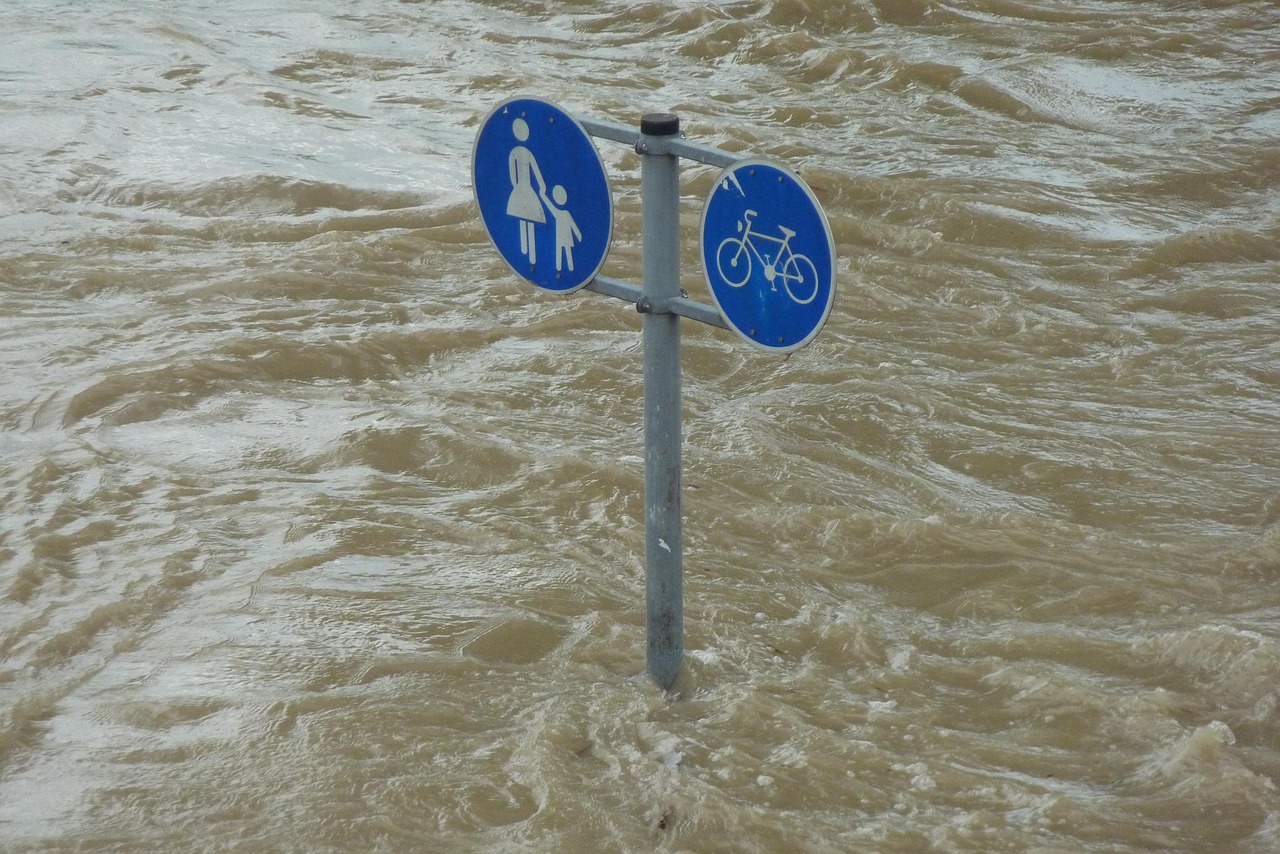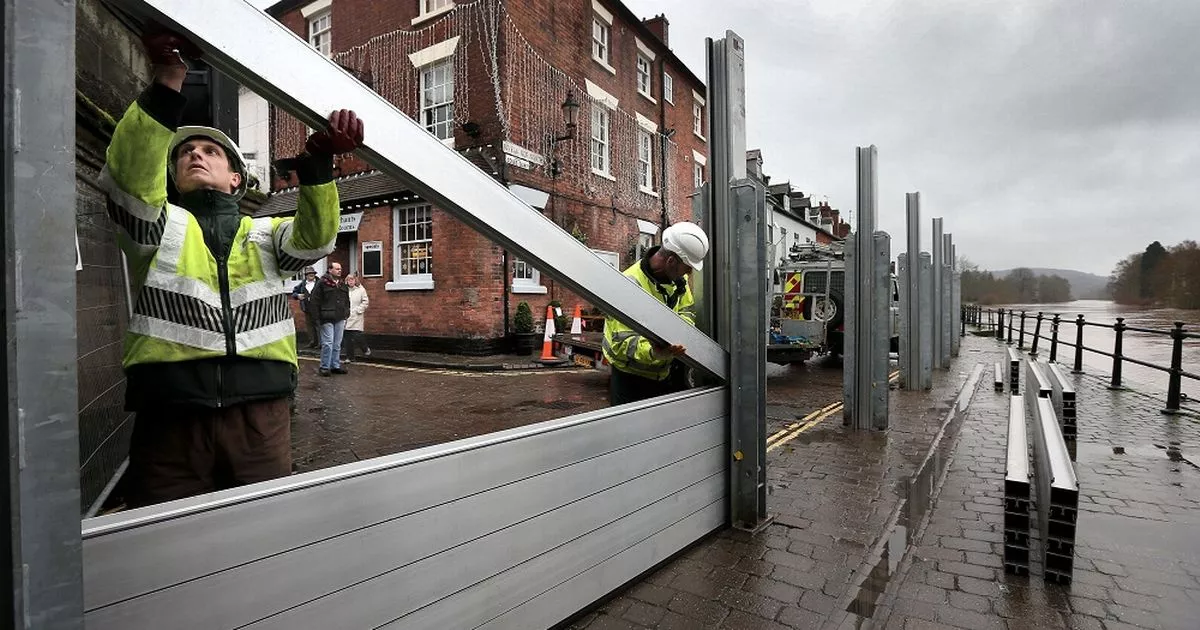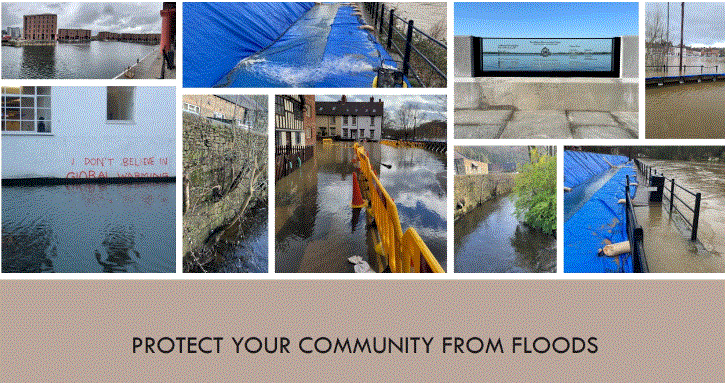Flooding is no longer a rare or distant concern. Australia, and the whole world, is witnessing an uptick in extreme weather events, many of which bring devastating floodwaters with them. For many businesses, floods are a serious operational threat, damaging infrastructure, halting operations, and putting employees and customers at risk. Yet, these impacts can be greatly reduced with the right strategy in place.
iREACT Consulting understands the real-world implications of floods for businesses. With over 15 years of experience in flood resilience, John helps organisations with flood prevention and mitigation strategies, ensuring a quick and confident recovery.
This blog provides practical, actionable flood risk management strategies tailored for Australian businesses, especially those operating in flood-prone areas.
Understanding Your Flood Risk
The first step in managing flood risk is understanding it. Flood exposure varies dramatically depending on your location, surroundings, and building characteristics.
Site-specific vulnerabilities include:
- Location: Is your site in a flood risk area? Note that you don’t need to be near a river, creek, or coastline for this to be the case
- Topography: Are you in a low-lying area or on a slope that channels runoff?
- Drainage: How adequate is your stormwater drainage?
Conducting a flood risk assessment is essential. This involves:
- Consulting local flood maps from your state government or local council
- Reviewing historical flood data
- Inspecting site elevation, landscaping, and drainage points
Understanding these factors enables informed decision-making and prioritisation of mitigation strategies.
Top Flood Risk Management Strategies for Businesses
- Develop a Flood Emergency Response Plan (FERP)
Your first line of defence is having a well-prepared Flood Emergency Response Plan (FERP). This structured document outlines exactly what to do before, during, and after a flood.
Key elements include:
- Evacuation routes and safe assembly points
- Emergency contacts for staff, emergency services, and utility providers
- Communication systems for internal updates and external stakeholders
Staff training is just as important as the plan itself. Conduct regular simulations and drills to ensure everyone knows their role. When a flood hits, confusion can cost valuable time.
- Invest in Physical Flood Protection
Flood-proofing your premises can drastically reduce damage. Consider:
- Flood barriers or gates at entrances
- Seals for doors and low-level windows
- Elevating electrical systems, IT hardware, and essential inventory
- Installing sump pumps &/or backflow valves to manage internal water buildup
These measures are particularly valuable for ground-floor businesses, retail outlets, warehouses, and industrial sites.
- Implement Early Warning and Monitoring Systems
Technology has made great strides in helping us prepare for natural disasters. A multi-hazard early warning system gives you crucial lead time to take protective action.
Consider:
- Flood sensors in basements or near entry points
- Automated alerts to staff via SMS or app notifications
- Integration with your business continuity plan, so alerts trigger specific actions
This proactive approach can mean the difference between minor disruption and major damage.
- Back-Up and Protect Digital Infrastructure
Floods don’t just harm physical assets; they can also disrupt your digital infrastructure.
- Regular offsite or cloud-based backups of important data
- Disaster recovery plans for IT systems
- Addressing cybersecurity vulnerabilities that may arise during emergency situations
IT resilience is crucial for maintaining customer communication, order fulfilment, and financial continuity.
- Review Insurance and Legal Requirements
Make sure your insurance policy covers flood damage, as not all commercial policies do. Engage with your provider to:
- Confirm you’re adequately insured for building, contents, and business interruption
- Discuss whether proactive measures (like installing barriers) can reduce premiums
- Ensure compliance with local zoning laws and council flood regulations
This due diligence can save you both time and money when disaster strikes.
Post-Flood Recovery Planning
Even with the best preparation, some floods may breach your defences. A clear recovery plan ensures a smoother return to business.
Key considerations:
- Identify critical recovery steps such as damage assessment, clean-up, and rebuilding timelines
- Engage professional flood recovery services for safe, efficient remediation
- Reassess your strategy. Identify what worked well and what could be improved for next time.
Learning from each incident strengthens your resilience for the future.
Partnering with Experts in Flood Management
Working with seasoned professionals like iREACT Consulting gives you access to decades of experience and proven flood mitigation strategies. Unlike companies selling flood protection products, John’s advice is independent and entirely tailored to your business’s specific risks and needs.
Whether you’re creating your first FERP or upgrading your physical defences, iREACT can help you navigate the flood risk landscape with confidence.
Conclusion
In Australia’s increasingly volatile climate, flood risk management is not optional; it’s essential. From damage to downtime, the cost of unpreparedness is too high for any business to ignore.
By understanding your unique risks, implementing smart strategies, and preparing for both the immediate and long-term effects of floods, you can protect your people, your premises, and your profits.
Start today. Whether it’s a risk assessment, an emergency plan, or a second opinion, iREACT Consulting is here to help you build flood resilience with confidence.
Call (+61) 433 634 344 to discuss your situation with John and get tailored flood mitigation advice from an expert who knows the terrain.






